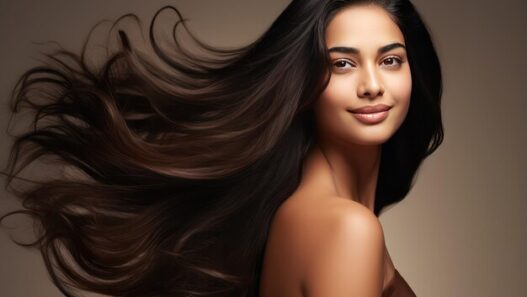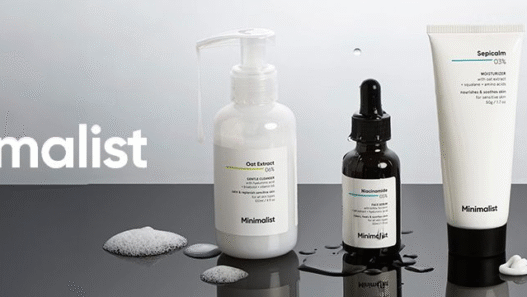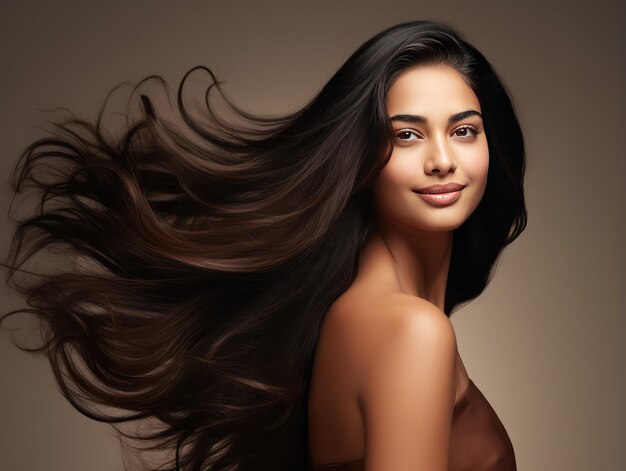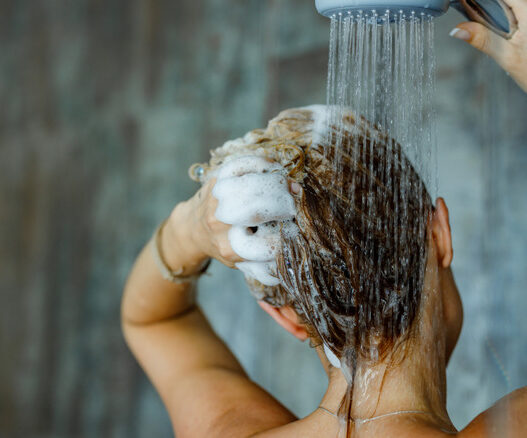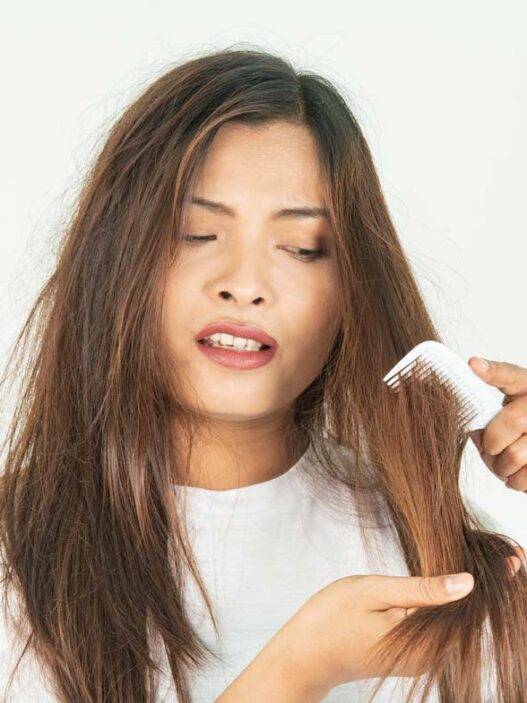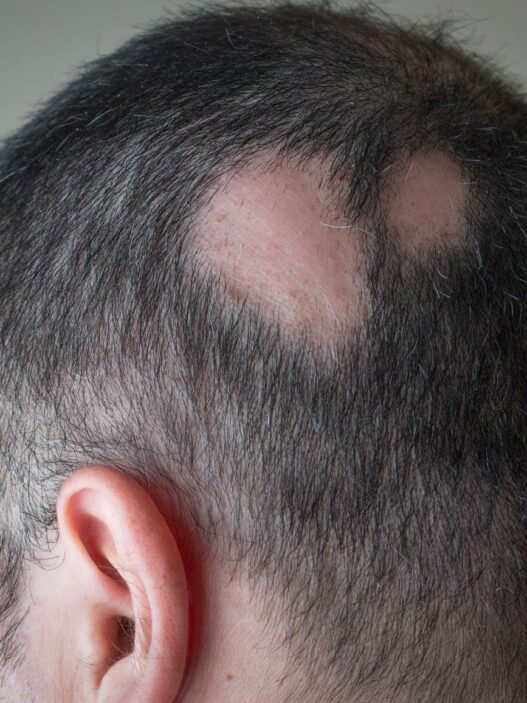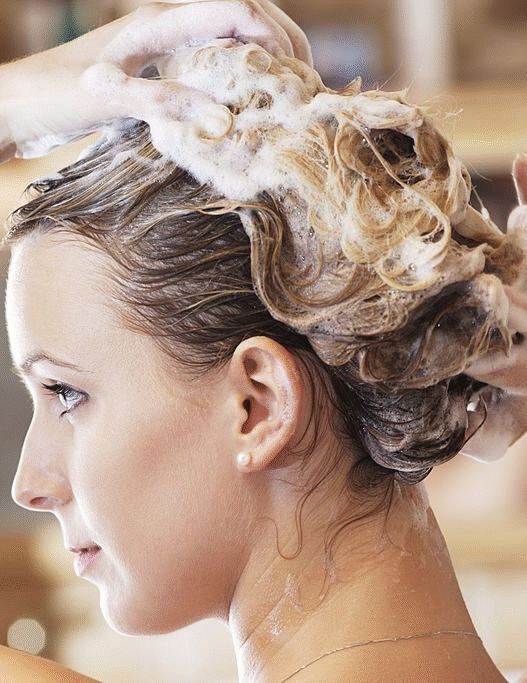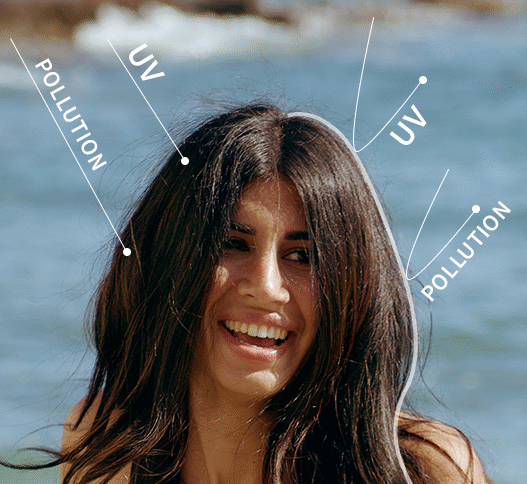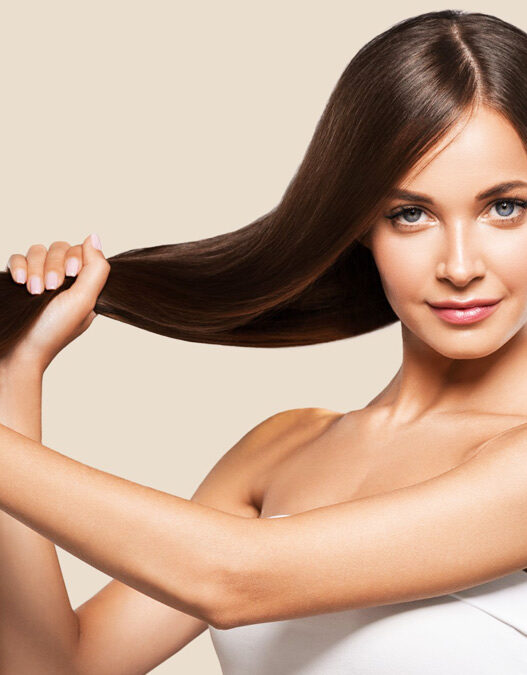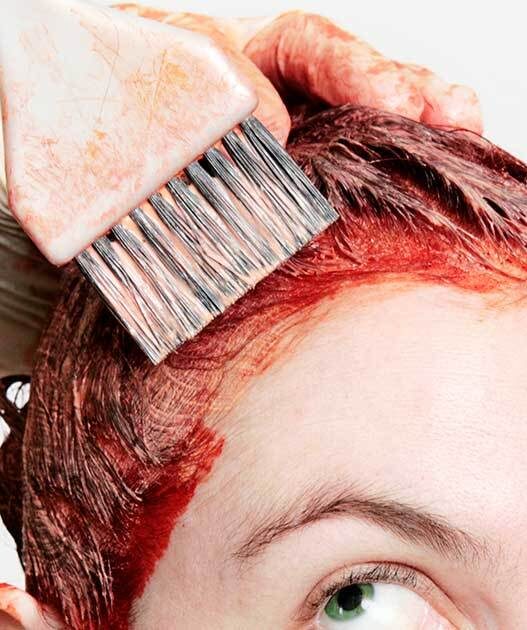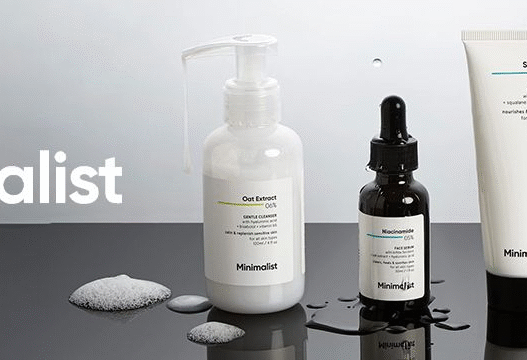Let’s begin with the reality. Good fortune did not harm lovely and useful hair. It requires care, consistency, and choosing the right products.
The market has a lot of options -shampoos, conditioners, oils, serums, treatments, masks, styling products – and not every one suits your hair type and concerns.
This guide will walk you through how to choose smart, build a routine, plus natural alternatives and hair care products recommendations to try.
Hair Health + What To First Identify
It’s useful to know before you buy anything.
Texture/ Hair Type
Slim versus thick; hard, wavy, curly hair, straight, kinky; fine vs thick; porous vs low-porosity
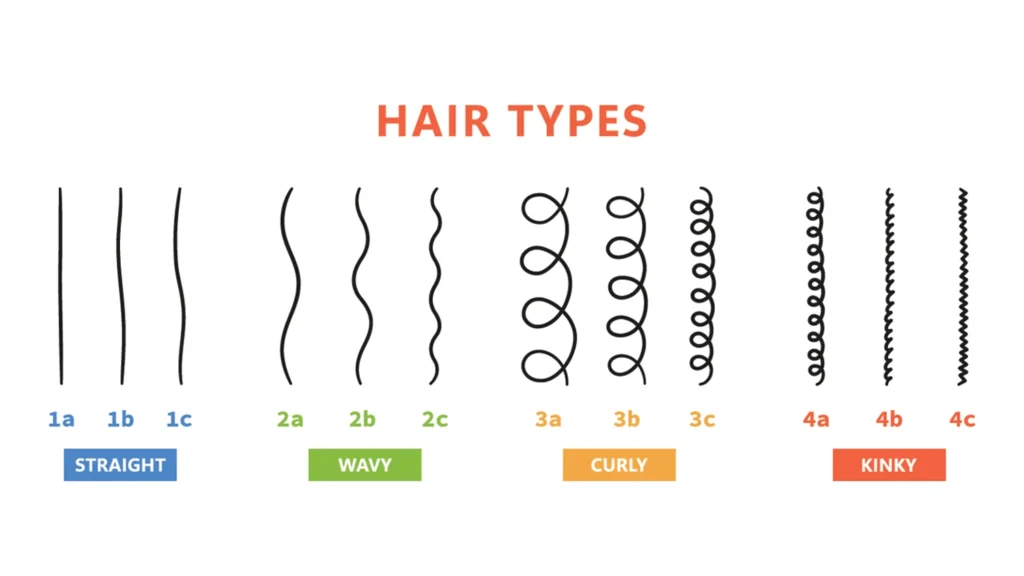
Scalp Condition
The condition of the scalp can be described as being dandruff or itchy and usually oily, dry, sensitive.
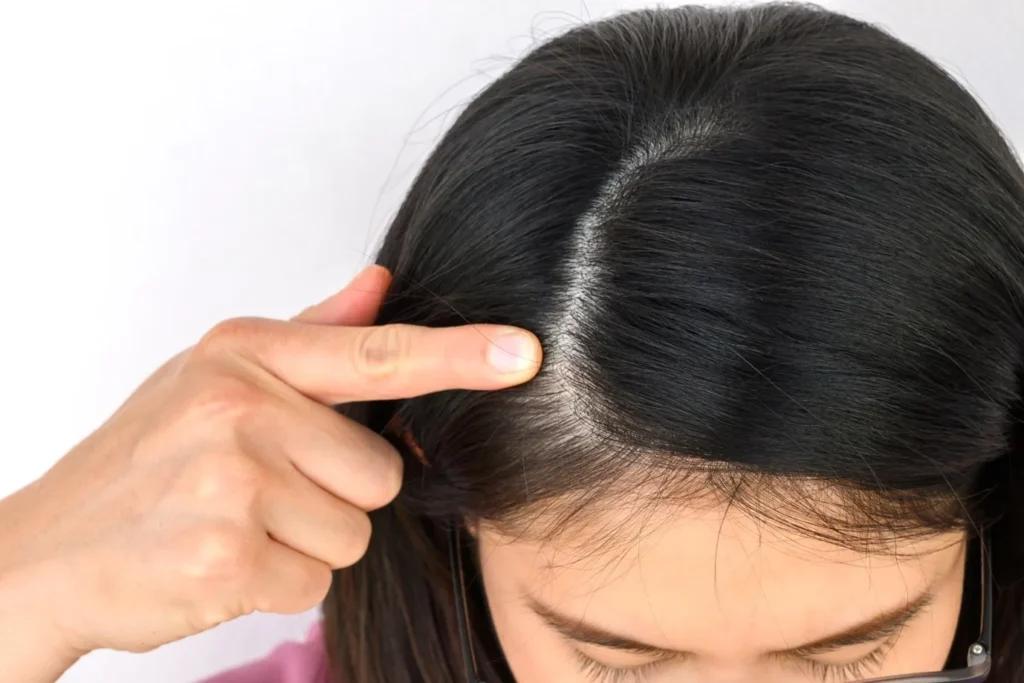
Hair History
Color-treated, chemically straightened/permed, heat-styled often, damaged ends, breakage, thinning.
Lifestyle Elements
Pollution, humidity, sunlight exposure, elimination/style/frequency of coloring or hair dyeing, etc.
Knowing the above helps you pick products that solve your specific problems, rather than just “nice” ones.
Categories Of Hair Care Products & Their Purpose
Here are the main kinds of products:
| Shampoo / Cleanser | Removes dirt, oil, product buildup from scalp and hair. Sometimes treats scalp issues (dandruff, itch). |
| Conditioner / Rinse‐Out Conditioner | Adds moisture, smooths cuticle, detangles, helps reduce frizz. |
| Deep Conditioner / Hair Mask / Treatment | Intensive repair: protein, lipids, moisture. Helps when hair is severely dry, damaged, or bleached. |
| Leave-in Conditioner / Detangler | Provides ongoing moisture, helps protect during styling, detangles when wet. |
| Oils / Serums / Butter Treatments | Seals moisture, adds shine, protects ends from heat, can nourish scalp. |
| Scalp Treatments / Serums | For scalp health: anti‐dandruff, anti‐itch, stimulating growth, balancing oil. |
| Styling Products / Protection (heat protectants, sprays, mousses, gels, waxes) | Protects from heat, sets styles, controls frizz, adds texture. |
How To Choose Products Based On Your Hair & Goals
Here are common hair concerns / types + what to look for.
| Concern / Hair Type | What To Prioritize / Avoid | Key Ingredients to Look For |
| Dry, brittle hair | Prioritize moisture, avoid heavy sulfates; use deep conditioners, oils. | Shea butter, glycerin, hyaluronic acid, coconut oil, argan oil, keratin. |
| Oily scalp but dry ends | Cleanser that’s effective but mild; conditioners that moisturize without weighing down; lighter oils. | Tea tree, salicylic acid, lightweight oils (jojoba), glycerin, protein + moisture combo. |
| Curly / coily / textured hair | Gentle cleansers (sulfate-free), lots of moisture, leave-ins, creams, avoid overwashing. | Oils, butters, protein (if needed), humectants (glycerin, aloe), curl-friendly silicones (if using), or no silicones depending on your prefs. The Curly Girl Method is one popular approach |
| Color-treated / chemically treated or heat-damaged hair | Repair + protection; avoid harsh chemicals; good protein + damage repair masks. | Keratin, ceramides, amino acids, bond builders (if available), antioxidants, UV protection. |
| Hair Thinning / Hair Loss | Strengthen strands, stimulate scalp, reduce breakage; avoid over-styling. | Biotin, caffeine, saw palmetto, peptides; gentle shampoos. |
| Frizz / Humidity Issues | Smooth cuticle, seal ends; use smoothing serums, anti-frizz oils, humidity-resistant styling products. | Argan oil, silicone serums, keratin, glycols (depending on hair), anti-humidity polymers. |
Natural VS. Synthetic / Clean Formulas
Nowadays many people prefer “clean,” “natural,” or “green / eco” hair care. Some trade-offs & pointers:
- Pros Of Natural/ Clean – gentler to skin/scalp; fewer harsh chemicals; often more sustainable packaging; less irritation.
- Cons – may cost more; natural doesn’t always mean better if not formulated well; shelf-life could be shorter; sometimes less “instant” results.
- Middle Ground – look for mild surfactants, free from sulfates / parabens / harsh silicones if you want; check ingredient labels. Environmental packages and refill options are also increasing trends.
Building A Routine – How Often, What Order
This is the overall pattern. Instruct it according to your hair’s reaction.
- Pre-Wash (Optional) : Scalp massage, oil or mask (if your hair is very dry/damaged).
- Cleansing: Shampoo. If you use a clarifying shampoo, maybe once every week or two to remove buildup.
- Condition: Right after shampoo, when hair is wet. Focus on the middle and end.
- Treatment / Mask Details: Instead of a regular air conditioner or shampoo + once a week (or if necessary).
- Leave-in / Detangle: On Towel-dried hair.
- Style / Protection: Thermal protectors, serum, oils, creams for styles, etc.
- Night care / Protection: Silk/satin pillowcase; loose styles; occasional oil or treatment on ends.
Adjust depending on your environment (humidity, pollution), how often you wash, and hair length.
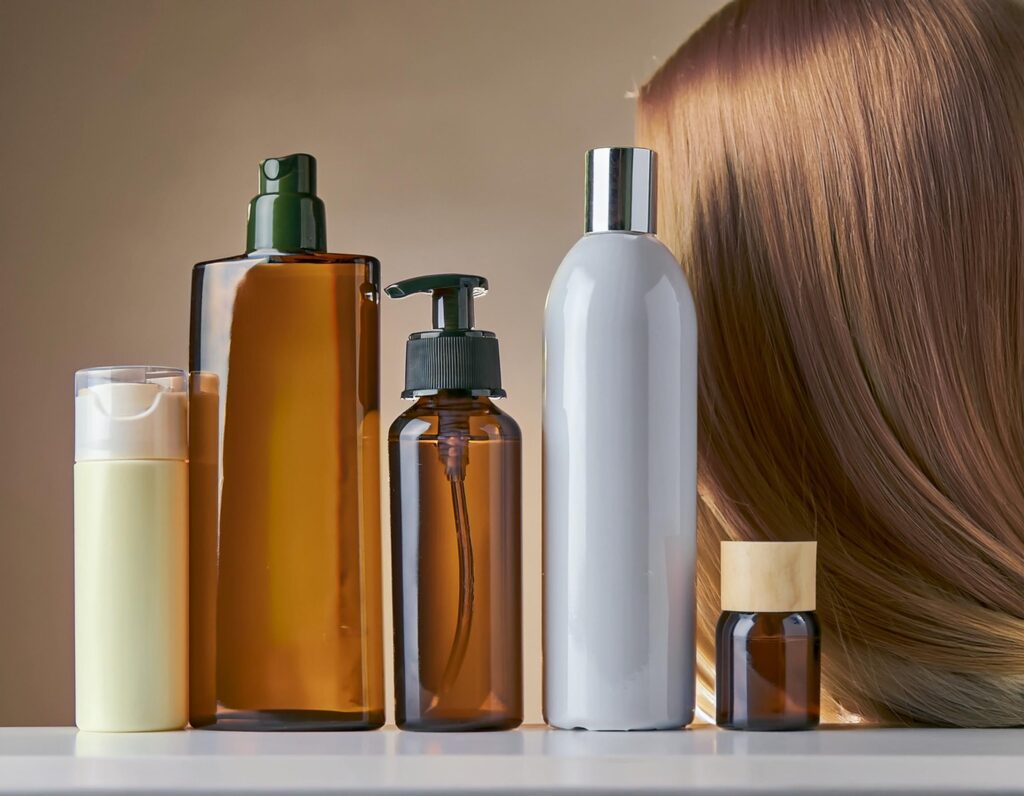
Trends For 2025
- Your hair is not the only thing that matters; scalp health is the most important thing. Products & rituals targeting scalp balance, microbiome, etc. People.com
- Protein / bond-building treatments are big, especially for damaged or bleached hair.
- Minimalist formulas are fewer but more effective ingredients; less irritation. aeno.com
- Stability is reevaluated package, biodegradable formula. The Guardian
- Personalize Serum or procedure adapted to scalp/specific hair profiles.
Natural / DIY Options
If you like more natural / home care, these are some safety advices:
Oil: Coconut oil, argan oil, jojoba oil, almond oil. Use as pre-wash or light end sealant.
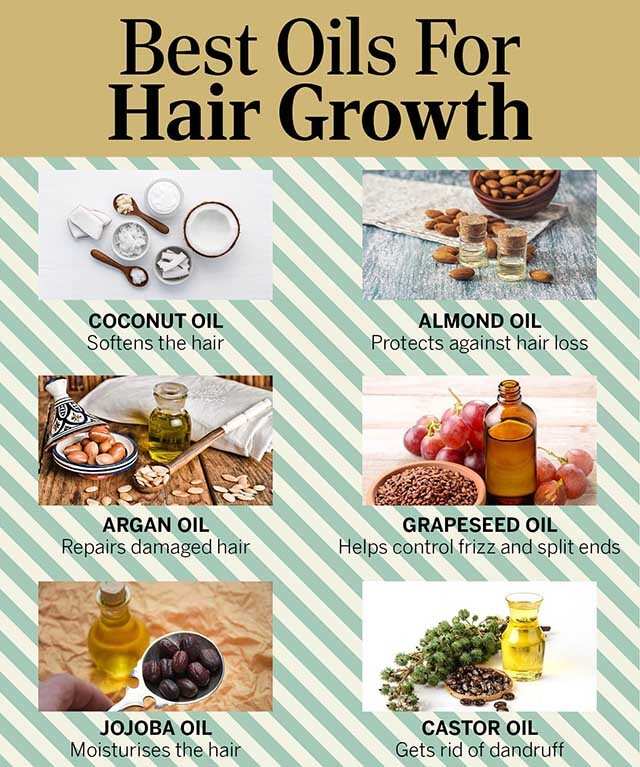
Scalp Scrub: Mix sugar + olive oil or coconut oil. Gently massage to remove the building.
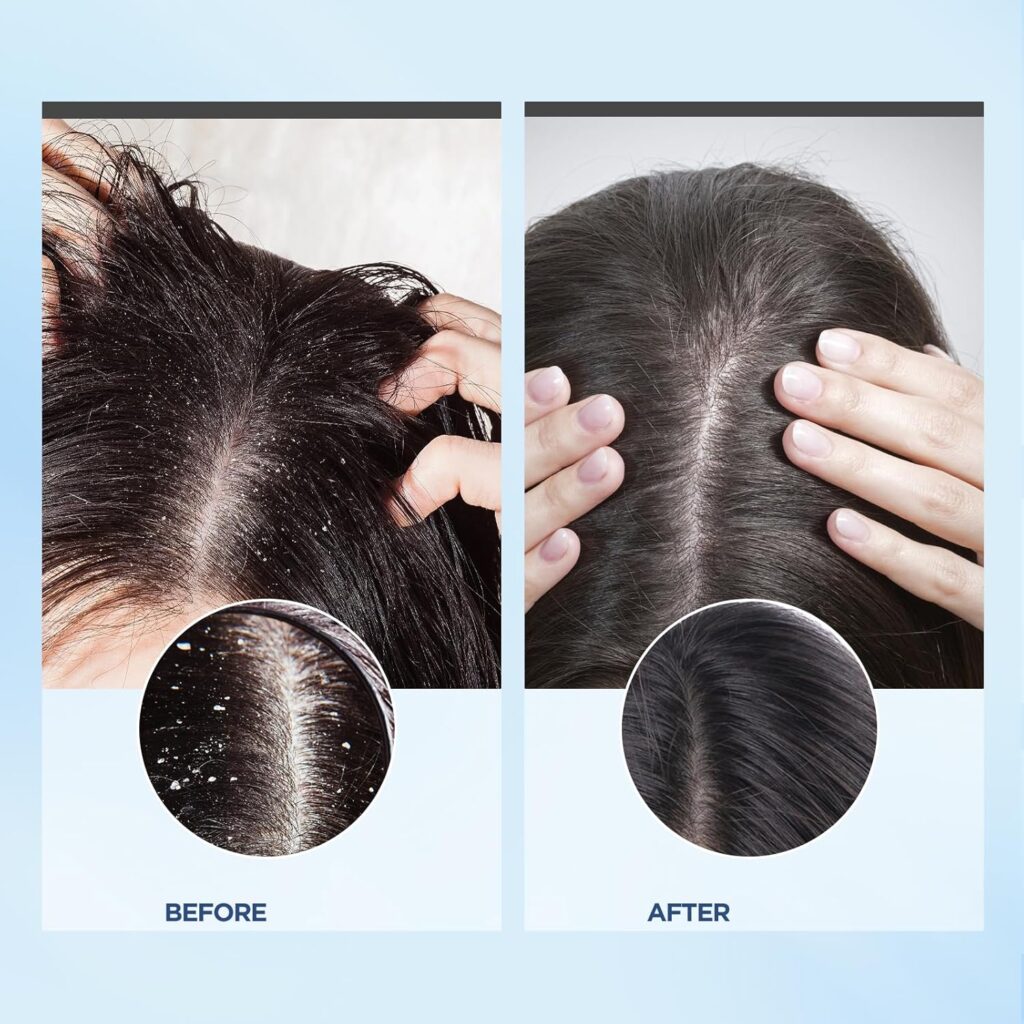
Aloe Vera Gel: Soothing, hydrating. Can be used as leave-in or mixed with conditioner.
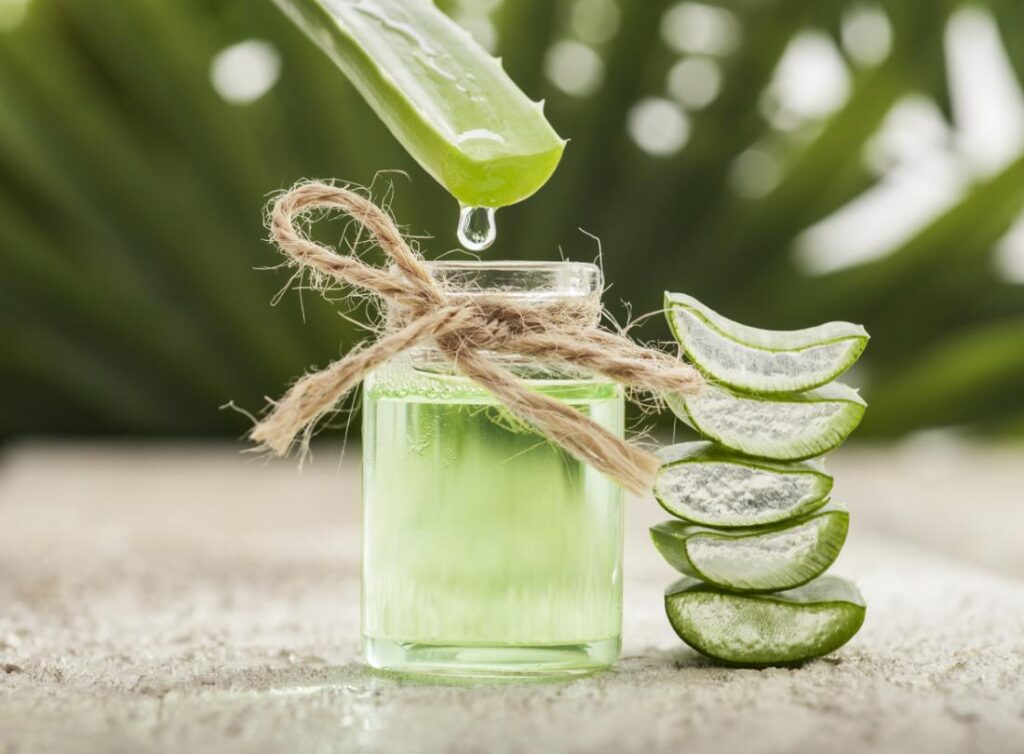
Egg Masks: Good source of protein – beat egg, mix with yogurt / honey, apply to damp hair for under 30 minutes. Rinse with cool water.
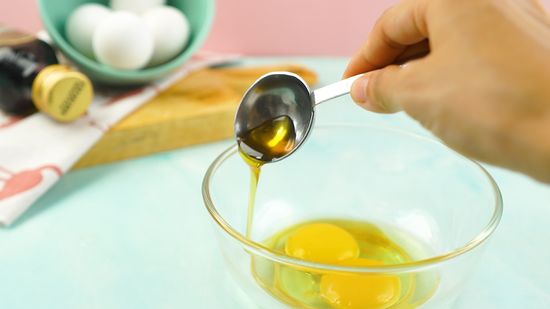
Herbal Rinses: Like rosemary, chamomile, nettle – can help with shine, scalp stimulation.
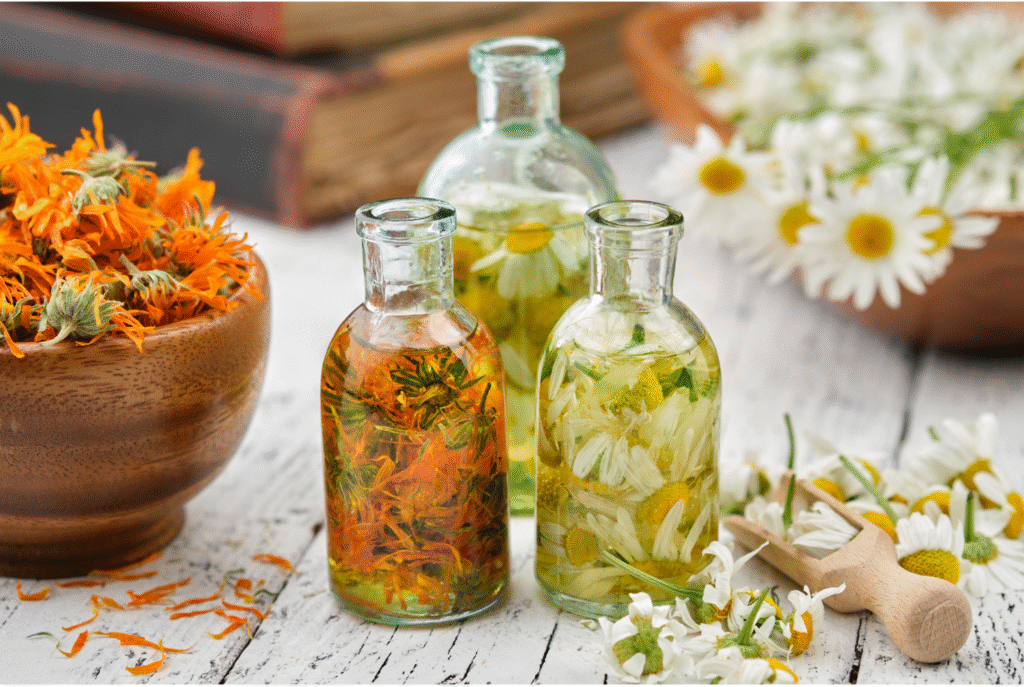
Safety Tips: Patch test first; avoid leaving protein masks too long; don’t overdo oiling (can clog scalp or build up); be cautious with heat during egg masks, etc.
Product Recommendations
Here are marketed products and some local / regionally-available ones to consider. Some are premium, others mid-range. These are examples – see which ones align with your hair’s needs and budget.
Caffeine Hair Shampoo – Treatments: This shampoo includes caffeine, biotin, and saw palmetto. Good if you’re seeing early thinning or want to strengthen roots. Gentle cleanser yet with growth-stimulating effects.
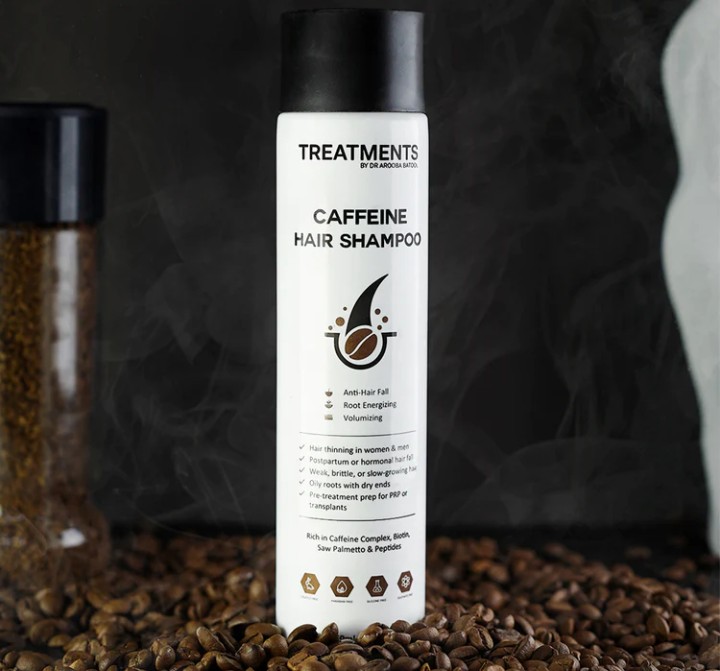
Hair Repair Conditioner – Conatural: Excellent for moisture, especially damaged ends. It’s silicone-free (good if you’re avoiding heavy silicones), leaves hair soft and manageable without weighting down.
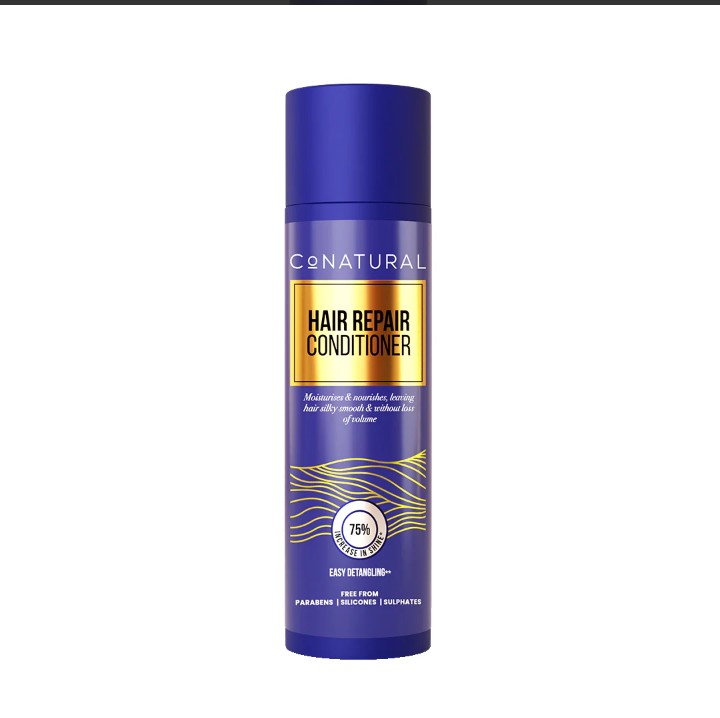
Repair Revitalizing Anti Hair Fall Shampoo – Cure & Care: Designed for hair fall & dry damage. Nourishes from root to tip, helpful for people who worry about breakage or shedding.
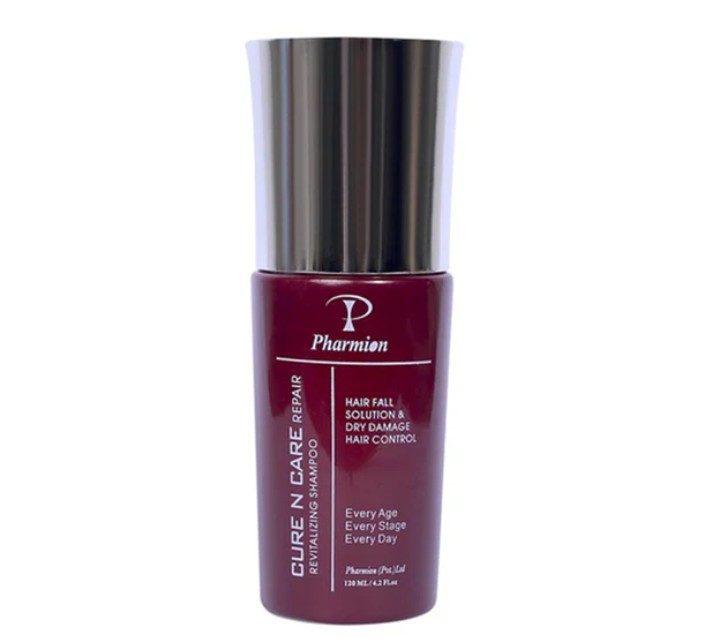
Here are also some top lists / editor picks (from reputed beauty media) that might give you more ideas:
ELLE’s 15 Best Hair Products of 2025 includes:
- Gisou Honey Gloss Ceramide Therapy Hydrating Hair Mask – great for shine, smoothing flyaways. ELLE
- L’Oréal Paris EverPure Sulfate Free Glossing 5-Min Lamination Hair Mask – for quick gloss & smoothness. ELLE
- Byrdie’s Best Hair Products of 2025 – lists favorite volumizing shampoos, hydrating conditioners, etc. Byrdie
Examples Of Steps For Different Hair Types
Here is an approximate procedure, and let you see how to collect products together + Natural Options / DIY
Dry / Damaged Hair Routine
- Previously cleaned: Apply coconut oil (heat) or natural oil mix to ends overnight
- Cleaning: Use moisturizing shampoo (active substance on soft surfaces)
- Condition: Rich Conditioner
- Mask: once a week, protein + wet mask (purchased in store or DIY)
- Leave-in: Light cream or serum for wet hair
- Style: Thermal protector when using heat. Avoid sharp styles
- Night: Satin/Silk Pillowcase, Probably a drop of oil on the ends
Oily Scalp / Dry Edge
- Wash 2-3 times a week with mild shampoo
- Conditions only at the center of length until the end
- Use lightweight oil or serum only on the end
- If itching or build up, do scalp treatment once or twice a week
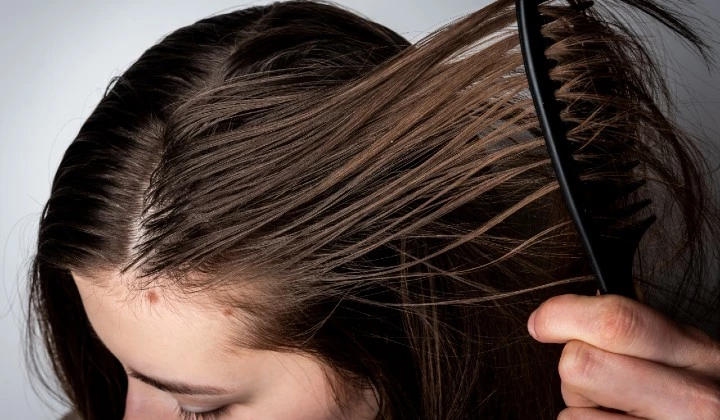
Curly / Natural Hair
- Sulfate-free shampoo
- Heavy conditioning or humectants leave-in
- Weekly wet mask or protein combination + moisture (depending on curls)
- Use a cream / gel style that determines the loop without crunch (if necessary)
- Minimizes heat. When using a thermal tool, use the diffusion method.
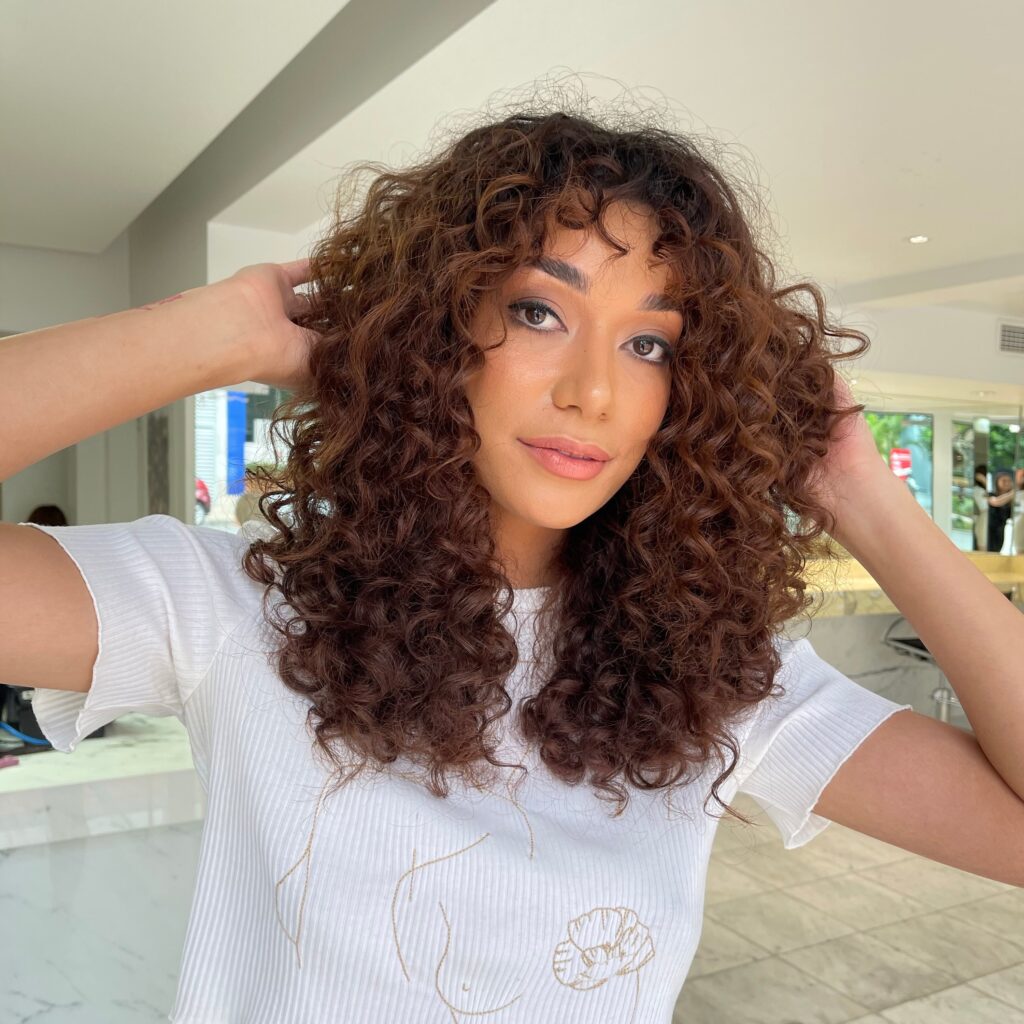
Hair Loss / Thinning Issues
- Use shampoo with scalp stimulants (caffeine, soapalm, peptides)
- Scalp massage (increases blood flow)
- Simple treatment or serum for scalp
- Avoid heavy oil that blocks follicles. Avoid hard chemical treatments
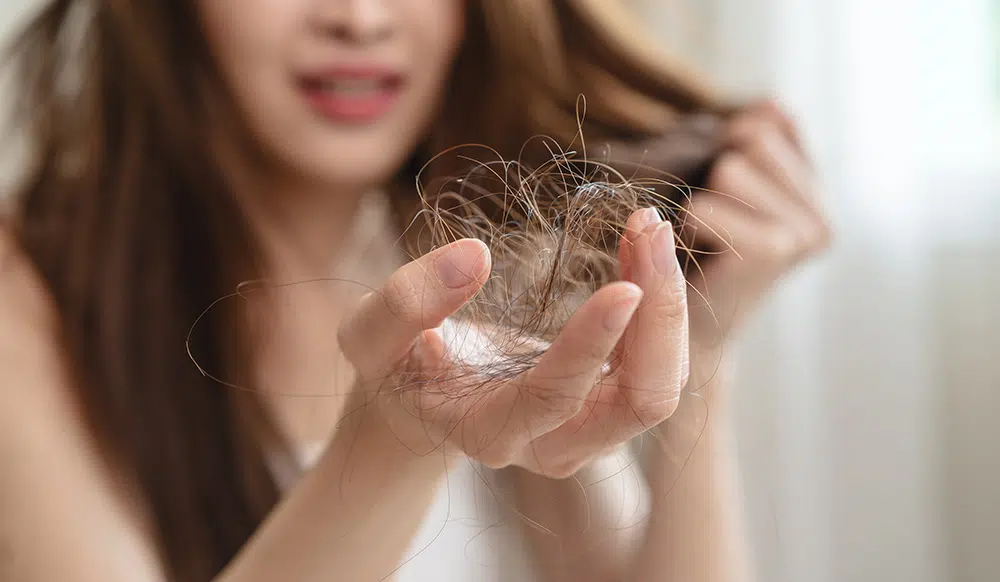
Common Mistakes To Avoid
- Frequently wash with a sharp shampoo that distracts natural oils
- Uses heavy oil/silicone when your hair is tidy. Making it greasy
- Not using a heat protector – damage accumulates
- Skipping ends care (they are the oldest and most damaged parts of the hair)
- Not cutting split ends – if not addressed, damage will move
- Protein overload (protein must be balanced with moisture)
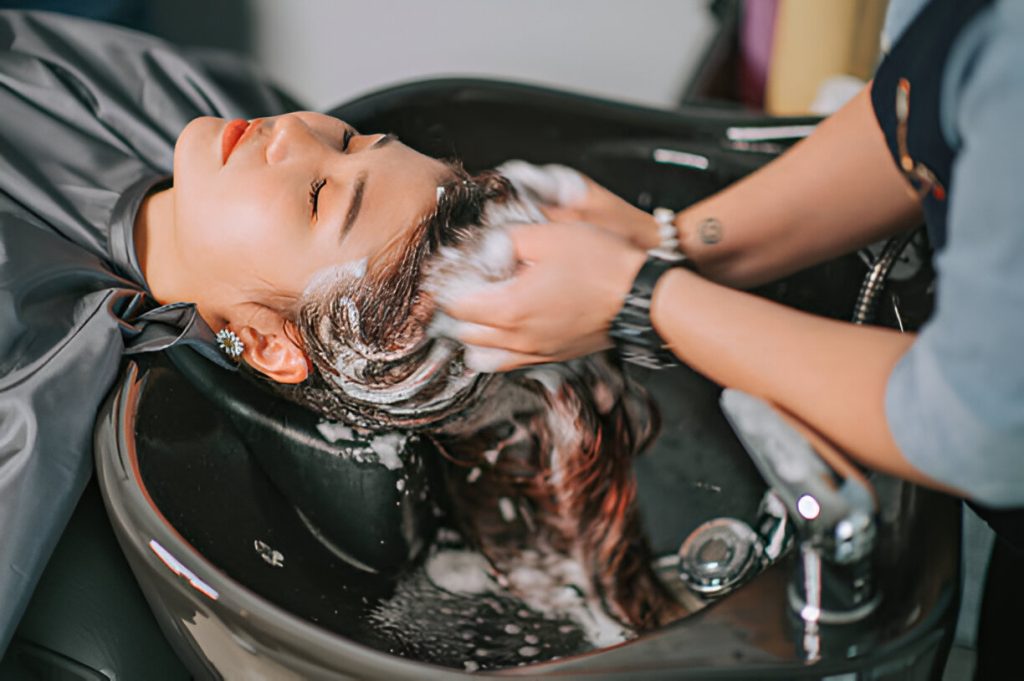
Conclusions And Takeaways
- Know your hair and scalp: type, problems, history.
- Use a base routine: cleanse → condition → treat → protect.
- Balance moisture + protein according to hair damage and behaviour.
- Don’t be afraid to try natural / DIY options if budget or sensitivities are an issue.
- Investing in a few *good, well-formulated* products often beats having many mediocre ones.
- Trends are useful, but what works for you is most important: testing, observation, composition.




